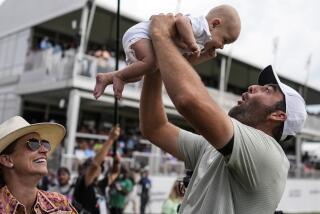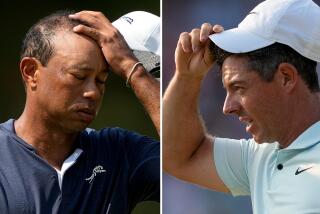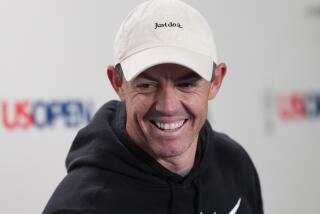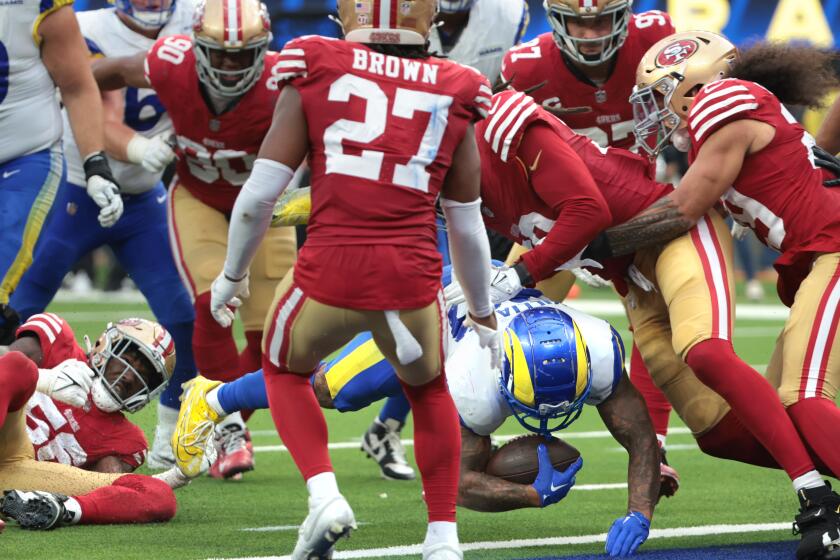When golf fans look up, they want to see stars
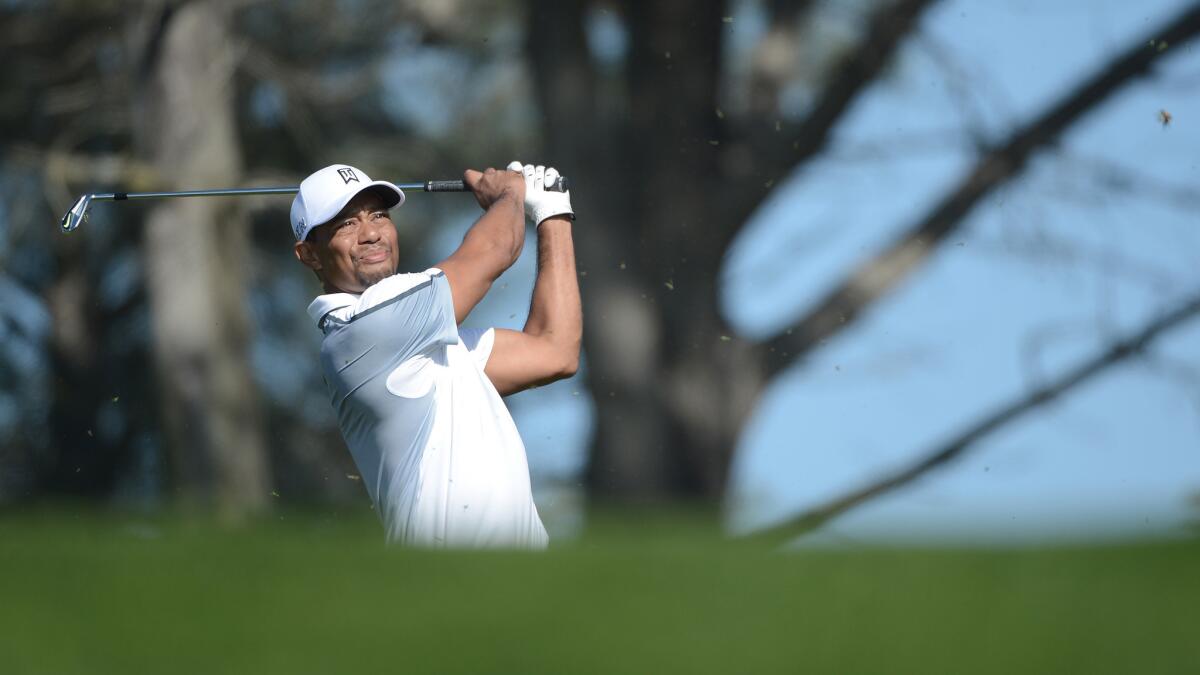
No one has to remind Rory McIlroy that his sport is lacking something vital right now.
With Tiger Woods hobbled by injury and Phil Mickelson not getting any younger, golf has lost much of its star power. McIlroy — the current No. 1 player — senses the void.
“Of course I want to be that guy,” he said at the Honda Classic in Florida this week. “Golf is waiting for someone like that to step forward, put up their hand and win the big tournaments.”
It won’t be easy.
The game has never been more competitive, the PGA Tour packed with talent from top to bottom. That means more golfers are capable of winning on any given Sunday.
So far this season, five of the Tour’s 15 official tournaments — including the recent Northern Trust Open at Riviera Country Club — have come down to sudden-death playoffs.
“There are a lot of guys playing really well,” Rickie Fowler said. “And a lot of good, young players.”
To rise above the crowd, the next superstar will have to win consistently, win at the majors and offer something extra.
“What’s going to separate a player is that connection to the audience,” says Brandel Chamblee, a Golf Channel analyst, explaining that the great ones “look a little different.”
People in and around the game have various theories on that intangible quality. It can start with something as basic as technique.
The first big American star, Bobby Jones, captivated fans during the Roaring ‘20s with his graceful yet powerful swing.
As television became more prevalent in the late 1950s, Arnold Palmer built his following in a different way. The common man who comprised much of “Arnie’s Army” could relate to Palmer’s down-to-earth persona and less-than-textbook mechanics.
More recently, Mickelson has played the role of the mad scientist, viewing the game from innovative angles, inventing shots as he goes.
“I don’t like the word ‘eccentric,’” golf writer Geoff Shackelford said. “But a lot of the great ones have had that.”
Quirks such as Jim Furyk’s loopy swing and Bubba Watson’s swiveling front foot may be on the wane. An increasing number of young players are turning pro after years of private coaching and more sophisticated training in the college ranks.
Better equipment, conditioning and nutrition have further closed the gap between the best and worst on the Tour.
“The game’s kind of changing,” Jason Day said recently. “It’s evolving into very young, tall, big, strong-looking guys out here that hit it a mile and have fantastic touch.”
If the new way encourages a technical sameness, Chamblee also worries about a behavioral norm, saying: “You can see it in a lot of players and you can hear it in the way they speak. There’s so much pressure to conform.”
In the old days, Chi Chi Rodriguez had flair and Lee Trevino never seemed to worry about containing his vibrant personality. Even Woods, whose image was carefully managed in the early years, brought a fist-pumping intensity to a gentleman’s pastime.
“He was demonstrative,” Chamblee said. “He didn’t look like a sports psychologist taught him to keep an even keel.”
Television ratings have slipped since Woods began to decline. Tim Finchem, the PGA Tour commissioner, has pointed to an increase in the total number of viewers, but has also acknowledged that fans “like to watch some players more than others.”
So, while the playoff at Riviera boosted TV ratings, a victory by relative unknown James Hahn isn’t likely to resonate with fans in the long term.
Since 2006, an increasing number of Tour events have produced what Sal Johnson of GOLFstats.com calls “off-the-wall winners” — players who began the week outside the Top 100 in the world rankings and ended up hoisting the trophy.
Like others, Johnson doesn’t believe parity boosts popularity. He offers an NFL-based analogy.
“When you have the New England Patriots playing the Seattle Seahawks, you have excitement,” the statistician said. “But if you have a game between Tampa Bay and Tennessee, no matter who wins, a lot of folks tune out.”
Looking ahead, if the colorful Fowler or the fiery Patrick Reed can win more often, that might add spice to the Tour.
McIlroy gets high marks for being talented, personable and candid with the media. But it says something about his appeal that he made as much news for breaking up with tennis star Caroline Wozniacki as for anything he has done on the course.
His first American tournament of this season didn’t help, the native of Northern Ireland missing the cut in Florida.
The interest in him should grow by spring when he plays the Masters with a chance to complete a career Grand Slam.
Only five players — Gene Sarazen, Ben Hogan, Gary Player, Nicklaus and Woods — have won all four of golf’s major championships. And there is no doubt that fans like to see history in the making.
Eager to become the next big thing in his sport, McIlroy seems to understand the situation.
“It’s harder to become as dominant these days with technology and course conditions and the depth of fields,” he said. “Yeah, this is the position I want to be in and I want to be in it as long as I can.”
Twitter: @LATimesWharton
More to Read
Go beyond the scoreboard
Get the latest on L.A.'s teams in the daily Sports Report newsletter.
You may occasionally receive promotional content from the Los Angeles Times.

